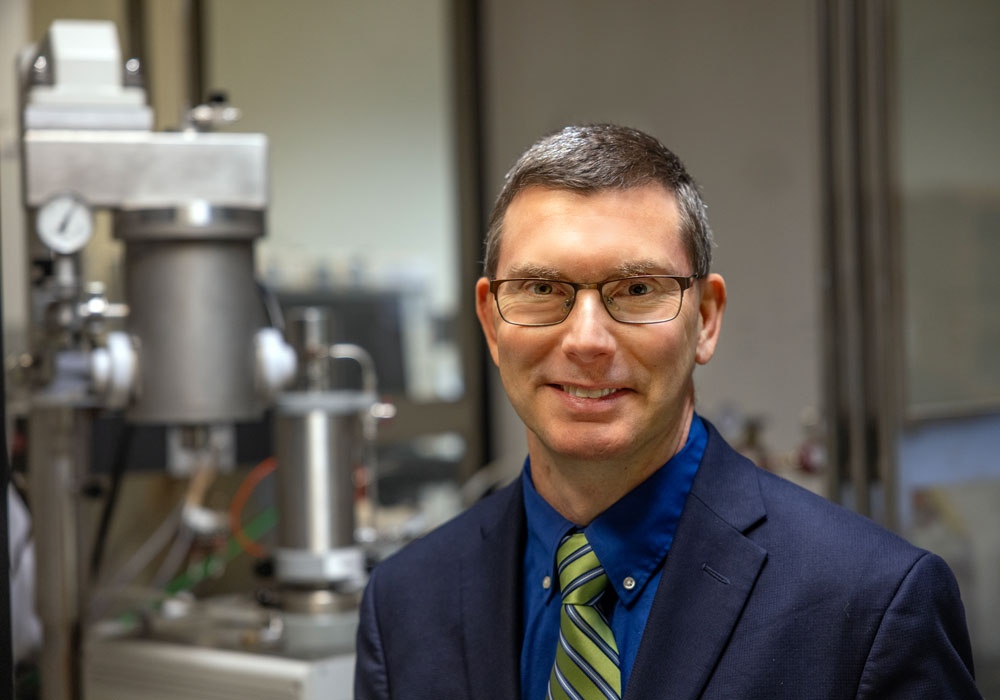Nuclear power plants traditionally conjure up two descriptors — massive and multi-billion-dollar expensive. That’s part of the reason why nuclear power construction has all but dried up in the United States over the past three decades and is limited to only a handful of countries around the world.
But there’s plenty of activity afoot on the design front for next-generation nuclear power, says Travis Knight, a mechanical engineering professor and program director of nuclear engineering at the University of South Carolina. The key to understanding the new frontier of nuclear power is simple, he says — think small.
“With some of the smallest designs on the drawing board, we’re talking about reactor cores that could fit in a Yeti cooler,” Knight says. “There are something like 70 designs under development by different firms, ranging from one megawatt to 300 megawatts. The cost of these small modular reactors and microreactors is projected to be much lower and the operating designs fundamentally safer than the big reactors that came online in the 1970s and ‘80s, while acknowledging the strong safety record of those older designs.”
The smaller-is-better mindset for next-generation nuclear is driven by cost, of course, but also by a growing need for mobile nuclear power, Knight says, particularly for civilian disaster relief and military operations. Sustaining a supply line of liquid fuel for large-scale power generators, such as what was needed after Hurricane Maria’s devastation of Puerto Rico in 2017, is logistically challenging and expensive.
Factor in the potential for enemy attacks on liquid fuel depots in a war zone, and the risks and costs grow even higher, Knight says. In fact, transportation of liquid fuel and water represented as much as 90 percent of logistical operations for the U.S. military in Afghanistan and Iraq and accounted for at least half of all casualties during those wars.
“The military has designed and is building Project Pele, a mobile reactor in the one-to-five-megawatt range,” Knight says. “A reactor that size could provide reliable power for a hospital or a small base.”
The Project Pele microreactor is designed to be transported in a mobile shipping container and is expected to undergo extensive testing at Idaho National Laboratory beginning in 2025. Several issues must be resolved, including indemnification, transportation and licensing, Knight says.
“A pathfinder project like this is intended to push boundaries and resolve logistical challenges for transporting and operating a mobile reactor in the United States and in other countries,” Knight says. “The Army actually had a prototype mobile reactor in the 1960s that they moved around and operated for a very short time. Fuel and reactor design technology has improved so much in the past 60 years
Knight is involved in research efforts for Mobile Nuclear, a start-up company that is focused on licensing intellectual property that Knight and his fellow researchers have developed for microreactor design and advanced nuclear fuels. His research has also been funded by NASA to develop advanced nuclear fuels that could be used in manned space travel such as a mission to Mars.
